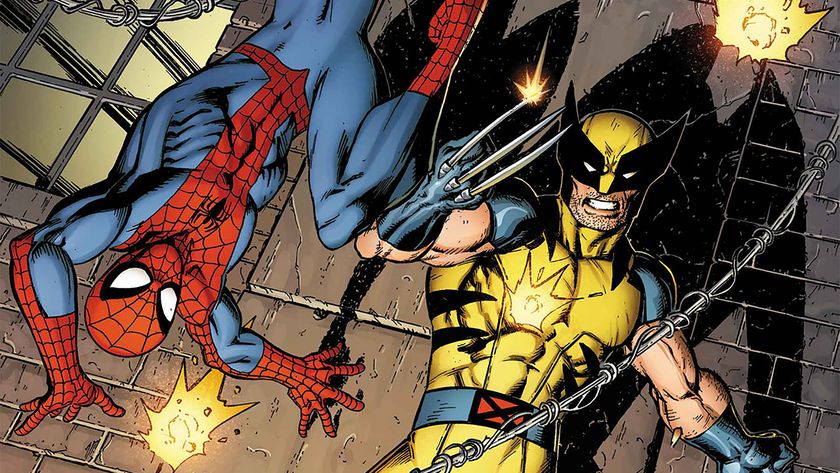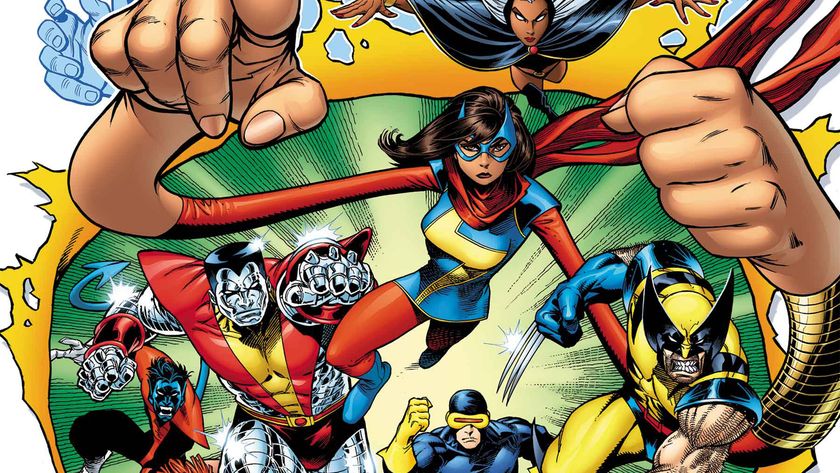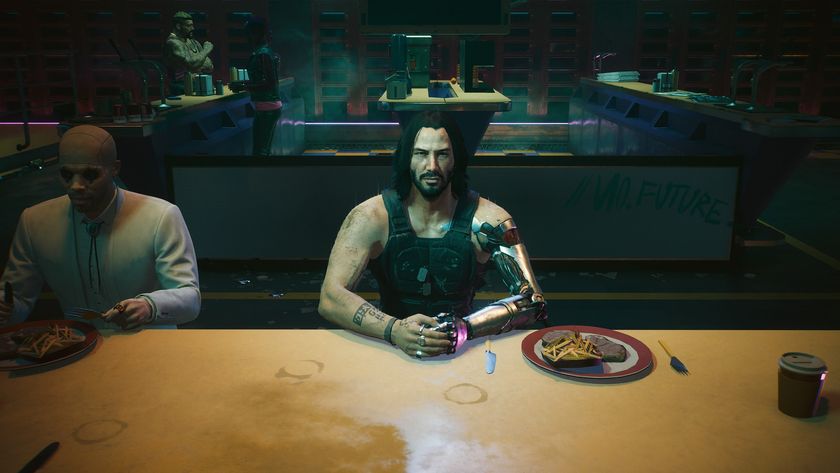Inside Bone author Jeff Smith's exploration of the secret origin of the human race in Tuki
Jeff Smith's hard-to-find Tuki is finally coming out in print
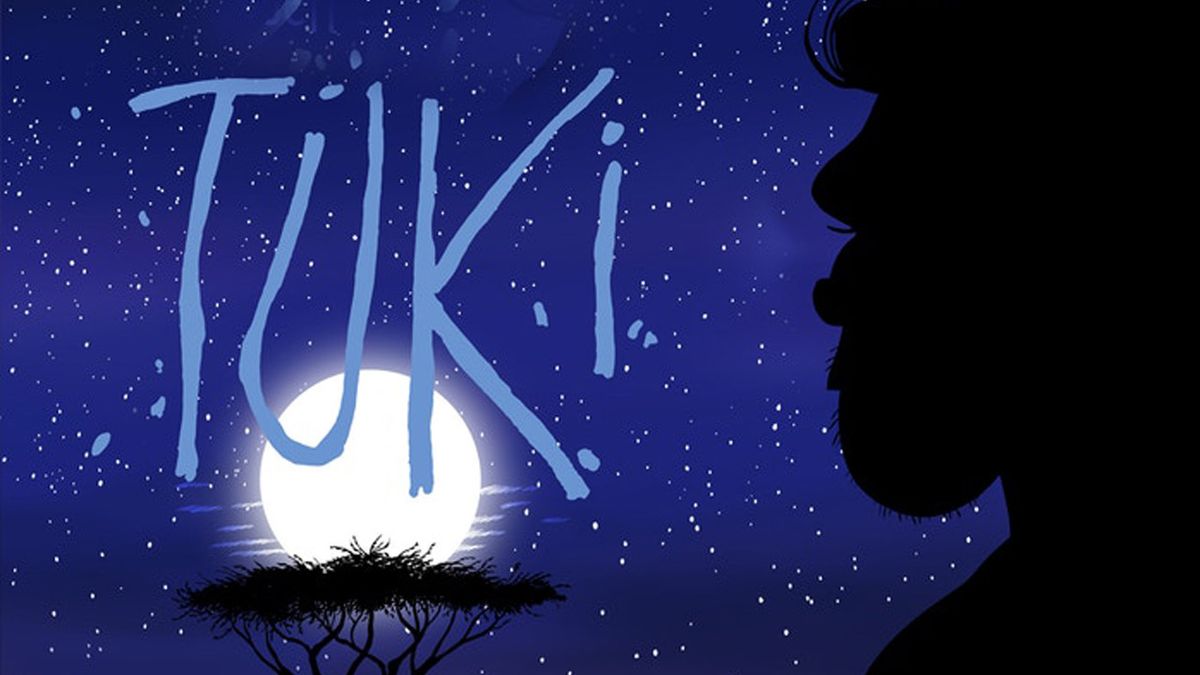
Jeff Smith is best known for his seminal comic book series Bone, but right now he's in the midst of shedding new light on his latest big project, Tuki.
Jeff Smith's Tuki is the prehistoric story of a man who takes in three lost children to help them survive on the deserts and plains. This caveman-esque story is similar in some respects to Jean M. Auel's Clan of the Cave Bear, but diverges into fantasy with the inclusion of giants and, in rare cases, even gods.
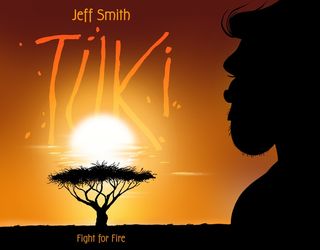
Originally published online as a serialized story ala classic newspaper comic strips, Smith has revisited, revised, and redrawn pretty much the entire Tuki story in graphic novel format.
Earlier this month Smith launched a Kickstarter for the first two volumes of Tuki, and just a few days in and it already surpassed its $20,000 goal seven times over.
Smith spoke with Newsarama about the upcoming Tuki collections, as well as his acclimation to crowdfunding.
Nrama: Jeff, I remember following Tuki when it was first published as a web comic on Boneville.com.
Smith: Yeah, and then we reprinted the webcomics shortly after that. It just ran for a little over two years. I started it in December 2013 and the most recent comic came out in January 2016, I believe.
Comic deals, prizes and latest news
Get the best comic news, insights, opinions, analysis and more!
It was a webcomics experiment... that's kinda how I look back on it. I kinda knew where I was going, but one of my big inspirations (and this turned out to be a bit of a problem for me) was the idea for Tuki was like a fantastic pulp hero like the Shadow or Doc Savage or Conan the Barbarian...I love that kind of story. Also, in pulps and all the old Flash Gordon-type strips where you've got magic fantasy worlds or lost realms...I love that kind of stuff. So I decided, every week, to put up a page or two...but it'll be like an old Flash Gordon page. And I had a blast doing that.
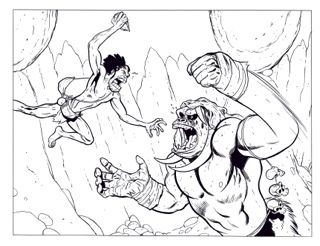
Then I noticed a problem. I noticed that when I printed it in the comic books... well, there were a couple of problems. One of them was you had to open it like a calendar shaped like a computer monitor.
But the real problem was that these strips that were meant to be read one at a time and then you have to wait a few days to read the next one... they did not flow together at all. You need a flow and an energy to be created, or else it doesn't come to life. And while I felt like it worked on the web as a serialized kind of thing, I felt like it did a disservice to the story. So I kind of just put it on hiatus to think about it.
And then I got involved in starting up a cartoon festival in Columbus. CXC, it's a very cool show. It's called Cartoon Crossroads Columbus. We haven't announced the guest list yet but it's a really good guest list. But that was very time-consuming.
Then, in 2019, I said, 'Let me pull Tuki out of the closet,' because I'd been thinking about it the whole time even as I was really busy with three or four years of this festival. So I started playing with it and I found a story that had a flow to it that made a little more sense.
But the real kicker was the lockdown. This past year, I couldn't do anything. I couldn't go out to Netflix [to talk about the Bone adaptation], so I just sat down, and then it was all Tuki. And then I'll be damned, I got into a zen-like state and I actually wrote and drew it and I had enough material for two graphic novels. And they're done! They're inked and everything, except for like one chapter.
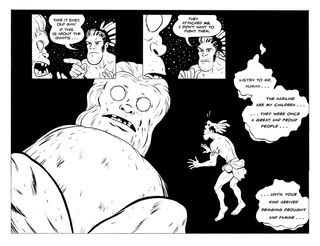
Nrama: So Volume 1 is subtitled Fight For Fire and Volume 2 is Fight For Family, correct?
Smith: Yep! And it's sort of based on the same premise that you saw on the webcomic. I was able to reuse most of the art, but there was very little of it that had the same word balloons. I added panels, I shifted things around. So it's basically a new book, and it's a much better story.
Nrama: What are you most excited for fans to discover, especially fans who followed Tuki the first time?
Smith: Well, the first thing they're going to see is this new cover image, which is just really strong. It was a simple image that I dashed off in black-and-white ink and handed it to Tom Gaadt, my colorist, and he made this thing that is so gorgeous. It looks like candy. Not in a sugary, sappy way, but in a delicious way. And the second cover is very similar but it's at night. Tom just knocked that out of the park.
They'll also see new pages. I'm doing the book in black-and-white. Someday we might color the whole thing, but right now I decided since I'm going to self-publish it, I thought I would go in the footsteps of Bone and RASL, which were originally self-published in black-and-white. It's my third creator-owned, self-published project.
It'll ship in July 30 years to the month of Bone #1, which I realize makes me very old. There's a little bit of information about where I'm coming from, why I chose to do this story, what my influences were.
I also talk a little bit about my interest in evolution. I mentioned earlier that I was really into fantastic pulp heroes and lost realms, but also evolution. I visited Olduvai Gorge in Tanzania, which is this famous archeological site that was run by Louis Leakey where humans lived over millions of years. This was like in 1996.

I remember being down in one level of the gorge. There was a big rocky dirt wall, above where we came in, and up above there, we could see these swaying palm trees. I could almost see all of these different species - homo habilis, homo erectus, kind of walking around. This was probably a site where there were stone-cutting tools, a site that was populated over and over and over again. And as I saw this vision of them going about their business, it almost felt like an echo of something that really happened.
Two million years ago, there was a moment where that really could have happened. There were multiple species, and I thought this was a very exciting time to write a story about. And a key new component of the story, different from the webcomic, is that I learned that at that moment two million years ago, this new human shows up and he looks different. He's tall, sleek, he's got a big brain, and he controlled fire. That was when we learned our greatest party trick: our ability to create fire. And suddenly, the story just blossomed. And that's the story: all these other species reacting to our direct ancestors.
Nrama: We live in a very complex, complicated, busy world, especially now in this new context created by COVID. So it's nice to return to a time when your biggest concerns were finding food and shelter. And these are still big concerns, but things were a bit simpler and more boiled down. I think it's refreshing to return to that, you know what I mean?
Smith: I do. That was a conscious decision on my part. Partly about society, it is good to think about disconnected from nature we are. It was really like Bone, which it was more medieval but also pre-technological.
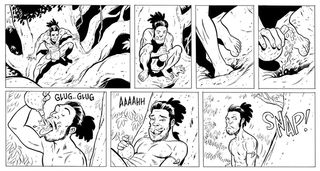
And then I did my second book, which was science fiction and it was all about physics and science and the modern world. I had to draw cars. I was going, 'I need to go back to nature.' I did it, I was able to draw cars and stuff, but I didn't enjoy it.
Nrama: What are some of the ways the Kickstarter model appeals to you?
Smith: It's kind of the new self-publishing platform.
The one that me and my generation were using is almost lifeless. It's a very difficult way to do it nowadays. There were 17 distributors or something when I was doing it, so if Diamond didn't pick you up, you had 12 other distributors that would take you. What it seems to me is, the biggest difference is in the comic book marketplace in the '90s, I wasn't selling to you, the reader. I was selling to the guy or the woman who owned the comic book store. And that person had to buy them non-returnable. So it was a big risk for them to even get five copies and put them in the store because if they don't sell, they're just stuck with them. And a lot of retailers were like, 'Oh, thank God I sold all five of those!' Who can blame them? They're living on the edge the whole time.
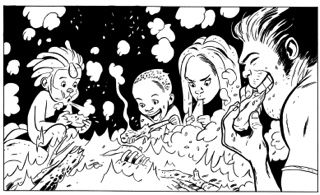
But in this instance, on Kickstarter, I am talking directly to people who are going to read this book. They want to buy it. You're almost having the letters page out of your interaction and relationship with readers. So that part is really good. And we'll see!
Jeff Smith's two previous creator-owned series, Bone and RASL, are available now in print or digitally. For the best digital experience, check out our list of the best digital comics readers for Android and iOS devices.
Most Popular







